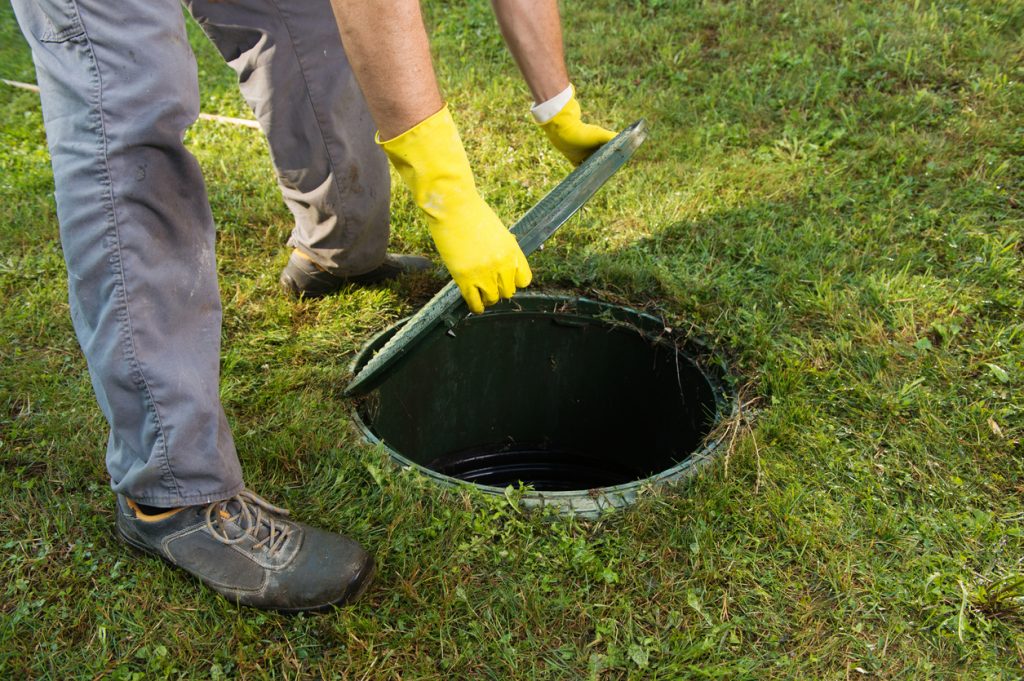The average lifespan of a septic tank, a crucial component of many wastewater systems, is a topic of interest for homeowners and environmentalists alike. A septic tank is designed to effectively treat and dispose of household wastewater in areas without access to centralized sewage systems. While the lifespan can vary based on maintenance, usage, and construction materials, a well-maintained septic tank can last 25 to 40 years. Understanding the factors that influence its longevity is essential for ensuring proper waste management and preserving the health of surrounding ecosystems.
Influential Factors
The durability of a septic tank begins with its installation. A well-executed installation enhances longevity by preventing structural issues. The choice of material also plays a significant role. Concrete tanks are more durable than plastic ones but are vulnerable to cracking. Soil conditions are another determining factor. Proper soil percolation and drainage are necessary for the tank’s efficient function. Water conservation practices and mindful usage can prevent undue strain on the tank. Regular maintenance is vital in extending a septic tank’s lifespan.
Essential Maintenance Practices
Adopting essential maintenance practices is paramount to ensure the extended functionality of a septic tank. Regular pumping every three to five years prevents solids from clogging the drain field. Proper waste disposal and avoiding excessive disposal of fats, oils, and non-biodegradable items also contributes to the tank’s longevity. Moreover, minimizing harsh chemicals preserves the balance of bacteria responsible for breaking down waste. Regular inspections by professionals can catch minor issues before they escalate into major problems.
Signs of Aging and Trouble
As a septic tank ages, signs of wear and potential issues become evident. Foul odors around the tank or drains, slow-draining sinks and toilets, and pooling water in the yard are red flags. Unusually lush grass growth near the drain field might indicate an issue with effluent distribution. These signs suggest a compromised tank, and the issues should be addressed promptly to prevent further deterioration and costly repairs.
When to Consider Replacement
While maintenance can significantly prolong a septic tank’s life, there comes a point when replacement is more practical than repair. Frequent repairs can accumulate high costs, making replacement a more cost-effective choice. Replacement becomes necessary if the tank poses health or environmental risks due to leakage or contamination. Making this decision at the right time can prevent emergencies and the potential aftermath of a failing septic system.
Understanding the average lifespan of a septic tank and the factors that influence it is crucial for homeowners to ensure the continued functionality of their wastewater systems. By prioritizing proper installation and maintenance and recognizing signs of aging, homeowners can make informed decisions about repair or replacement, ultimately saving both money and the environment. At Brown Aerobic in Houston, TX, we offer services like septic tank maintenance to ensure the proper functioning of your system for years to come, so call us today to learn more.

